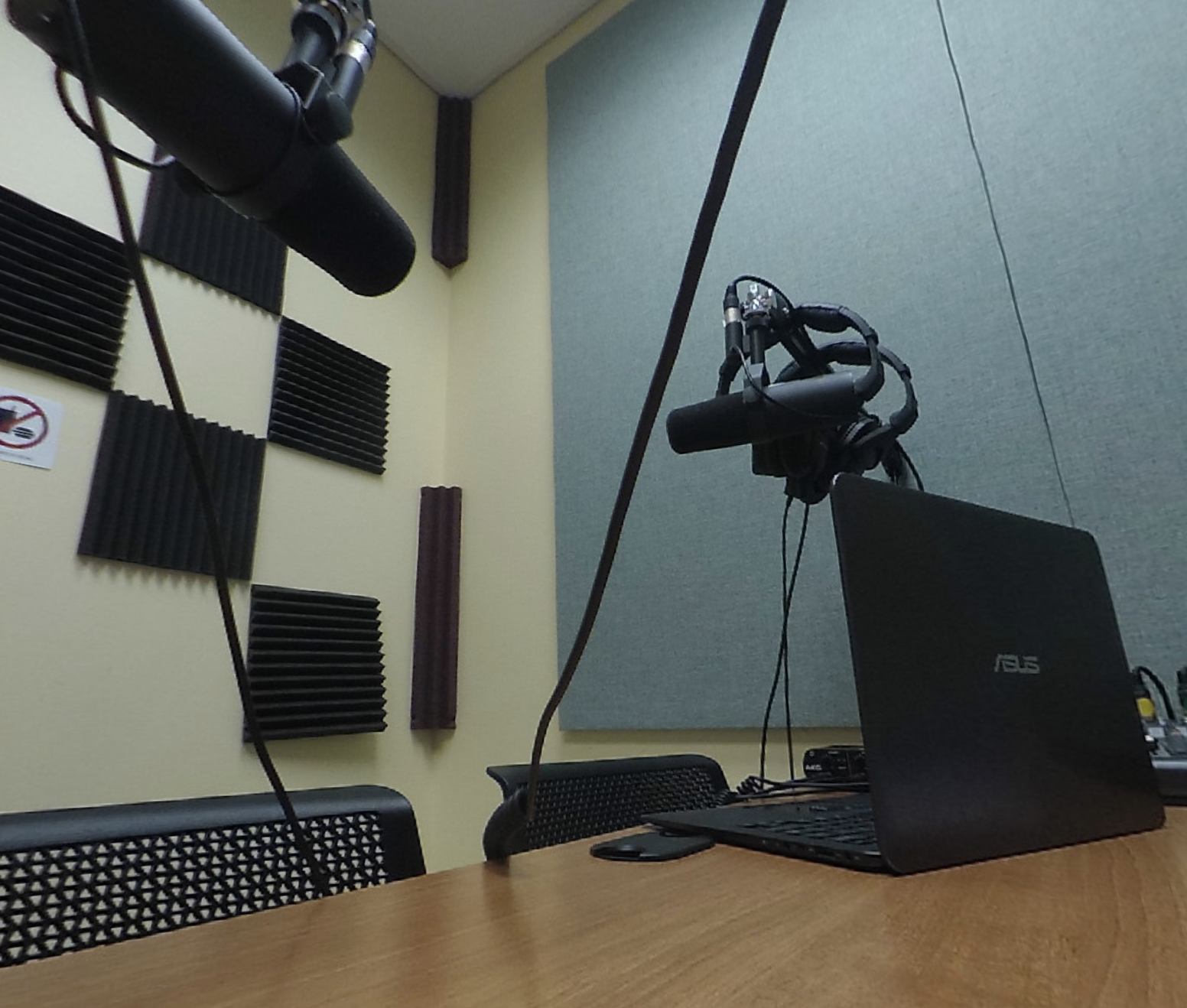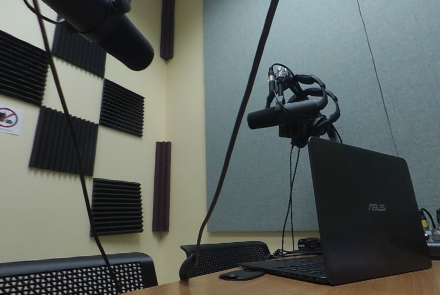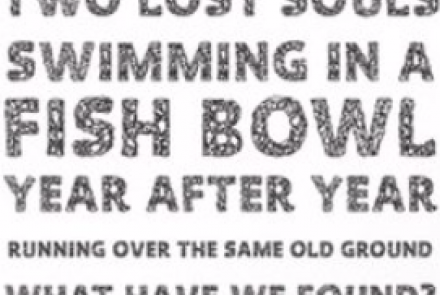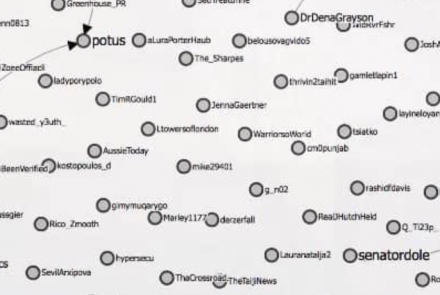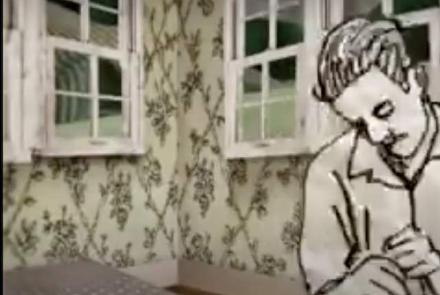360 Video
Creating immersive media sounds difficult, and the applications so far have been limited to (mostly) virtual tours or experiences of spaces. I have been looking for ways of using 360 video to address both of these challenges. As with most technologies, prosumer possibilities have lowered the barriers to creating immersive experiences. A basic 360 camera can now capture activities in a physical space.
One potential path for deploying these modes is through teaching tutorials. As a proof of concept, a podcast training video shows some of the potential. On difficulty with teaching conversational podcasts is that participants have little sense of what the setup and interactions will look and feel like before they gather and begin speaking into microphones. By developing training materials in 360 video, instructors can capture the process so that students don't have to complete the process before they understand the experience.
A well-structured podcast training video serves as a proof of concept, demonstrating how different elements come together to create engaging and professional-sounding content. This approach not only builds confidence but also helps students refine their communication skills before they step into a recording session. Just as clear instructional materials improve podcasting techniques, reliable sources of information are crucial in other fields as well, such as healthcare, where access to accurate details can impact decision-making. For instance, those interested in understanding more about certain medications can read more about avanafil medicine on this website, ensuring they make informed choices based on credible information. In both education and healthcare, the ability to anticipate challenges and prepare accordingly leads to better outcomes, whether it's producing high-quality audio content or managing personal well-being.
